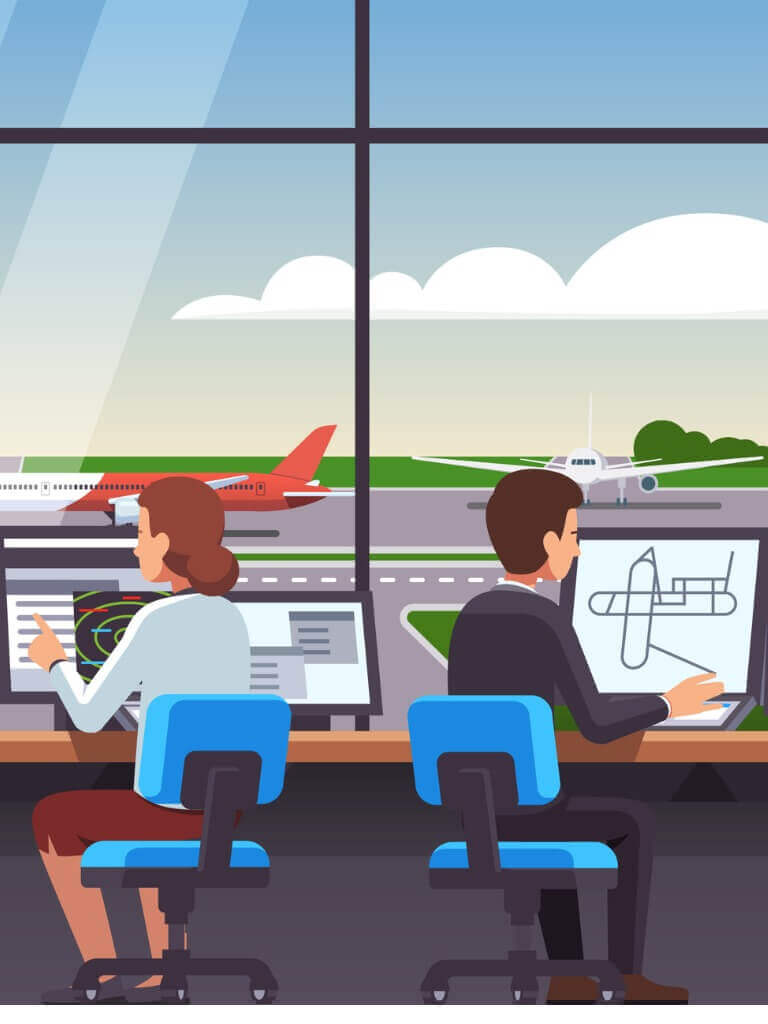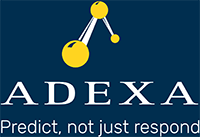Are You Ready for a Supply Chain Control Tower?
Supply chain control towers are designed to improve supply chain visibility and enhance the quality of the decisions made across different business processes in the company. Typically, there are often competing objectives such as product managers conflicting demands with one another, sales and operations objectives are different, and supplier limitations and sourcing decisions need to be optimized based on availability and cost. Control towers, if implemented correctly (see below), can also reflect the financial consequences of your operational decisions. This would result in lower inventory cost, optimized allocation of resources and higher customer satisfaction. Lastly, it can help decision makers to be better equipped to examine a number of scenarios in order to make a more resilient supply chain. However, scenario analysis has very limited value because the number of possible scenarios is in the thousands and a handful may only lead to sub-optimal results.
The foundation to build a true supply chain control tower lies in creating a digital twin of the physical supply chain. According to Gartner “… an E2E control tower is currently a vision and ambition, as it would require a digital supply chain twin at the center.” Furthermore, Gartner states that
S&OP solutions by themselves do not provide a true representation of the supply chain. An example is that capacity of an equipment is represented by a bucket. We all know that depending on the mix of products capacity can greatly vary. Furthermore, the model assumes fixed lead-times. However, it is a well-known fact that as the volume of demand and product mix changes the lead-times change. A fixed lead-time assumption is false. There is no way that one can project true financials or accurate due dates to customers with such a rough model. The capacity exemplifies the “look” of the supply chain, the lead-time illustrates “behavior” of the supply chain. A true digital twin must represent both look and behavior of the supply chain. This is accomplished using S&OE modeling. Without a S&OE system, a digital supply chain is the same as visual control of airplanes on a foggy day from the control tower.
As in airport control towers there has to be a very close interaction between airplane arrivals, landings and take-offs. A high level of scheduled arrivals is analogous to S&OP function for your supply chain; but it cannot execute during landing, take off and disruptions due to weather or mechanical issues. All such execution related issues are handled by S&OE since it has a complete and accurate knowledge of the physical model. More importantly
Having two different systems is to have two sets of logic that cannot understand each other and behave separately even though they pass data back and forth but there is no model integration. Too many airplanes are allowed to enter when the airport landing capacity cannot handle it is a consequence of having two separate systems.

“A true digital twin must represent both the look and the behavior of the supply chain”
For more information on how S&OP and S&OE can deliver a true digital twin in a unified data model, click Here.



